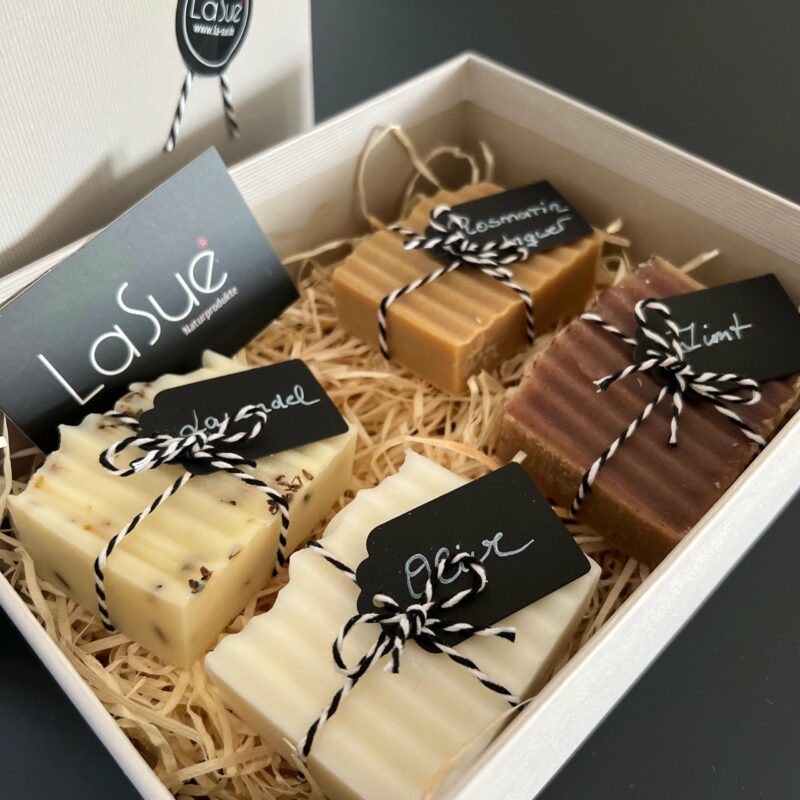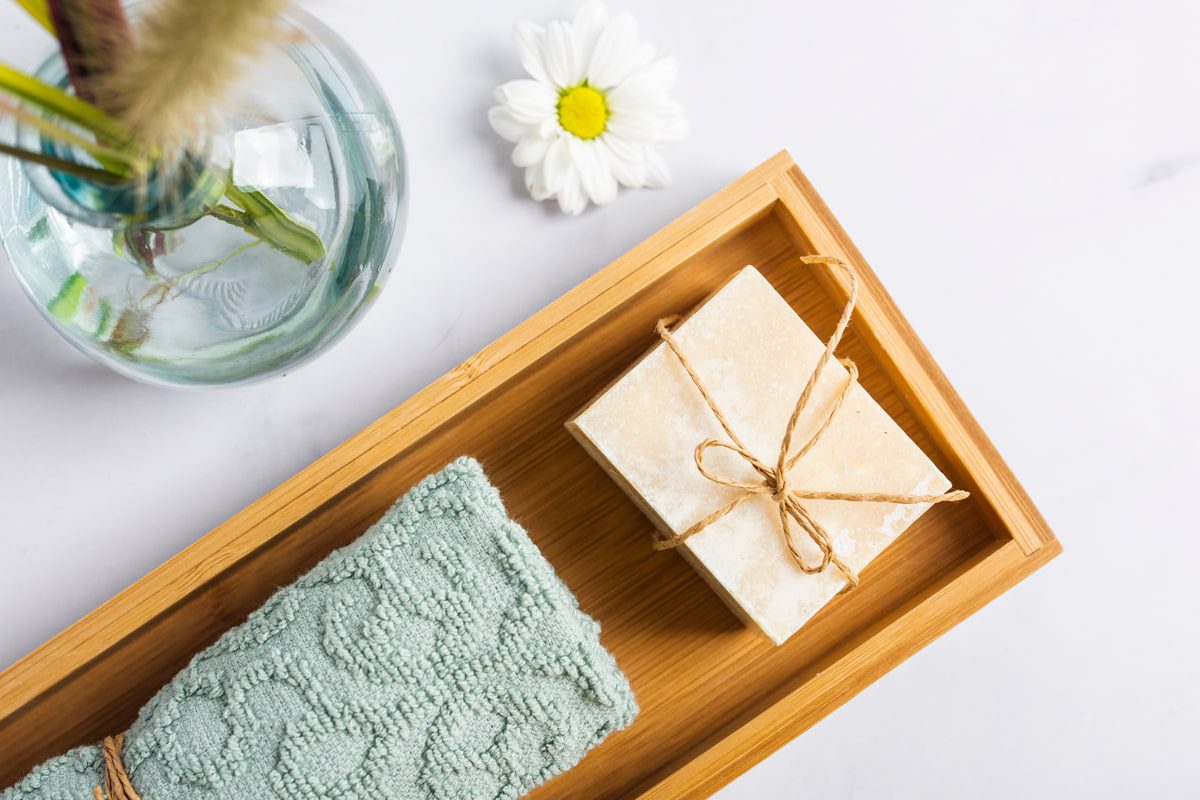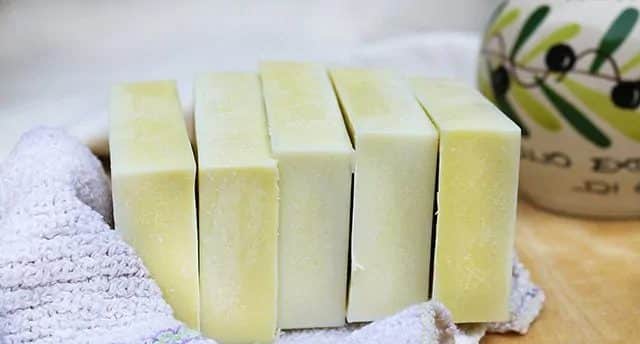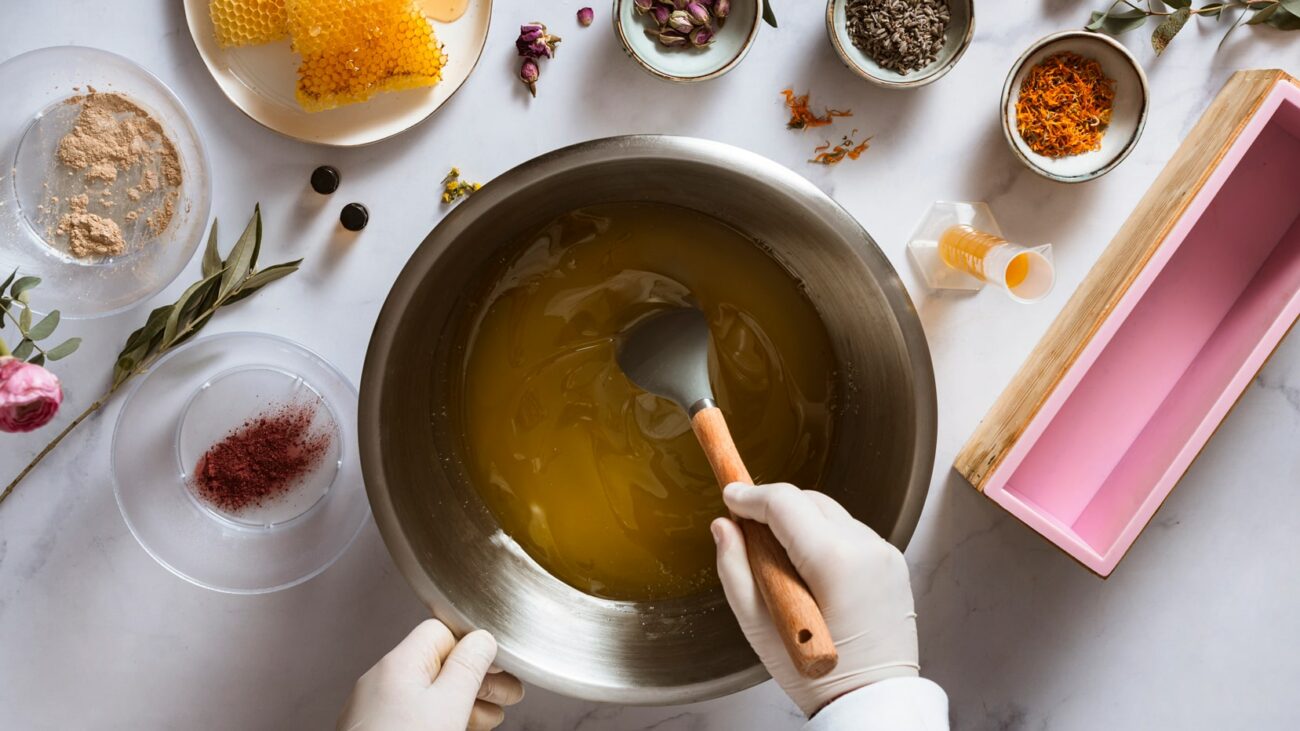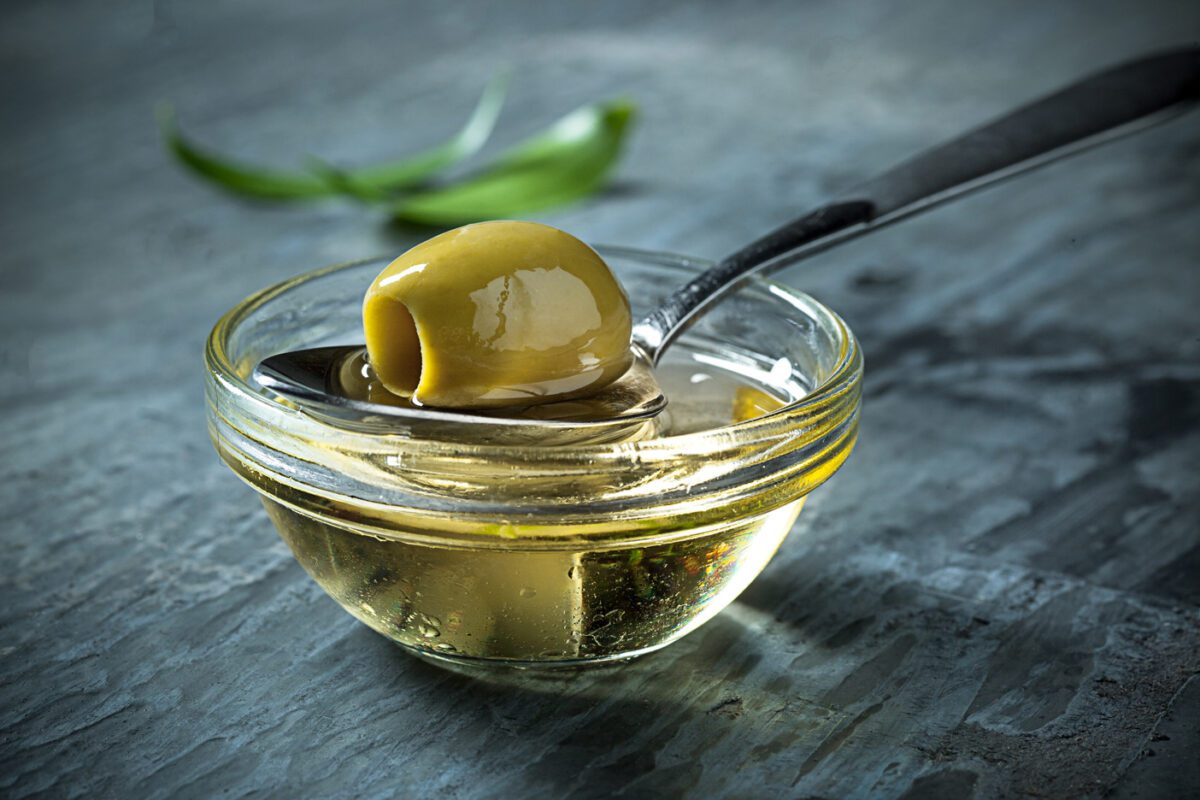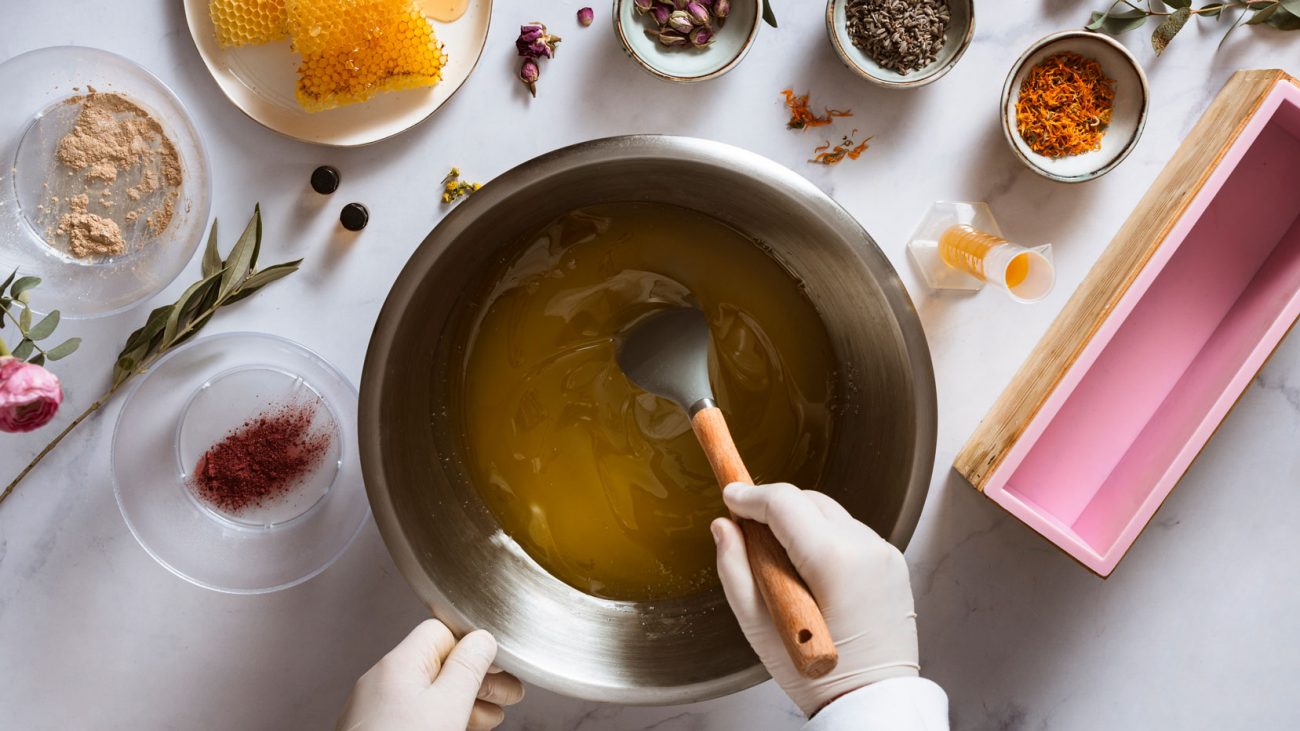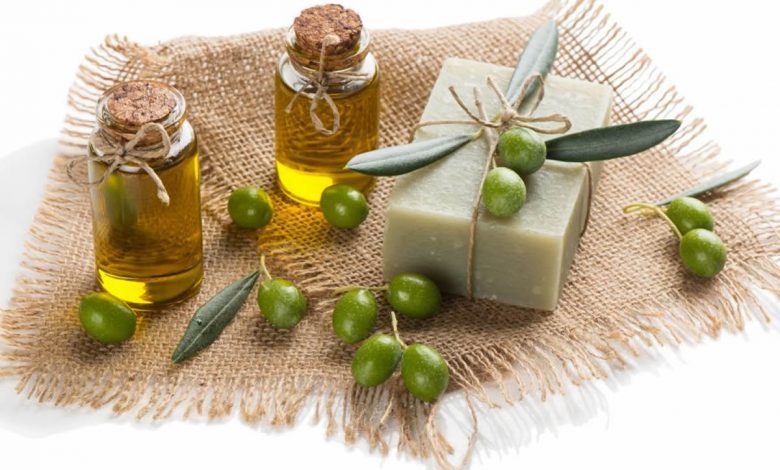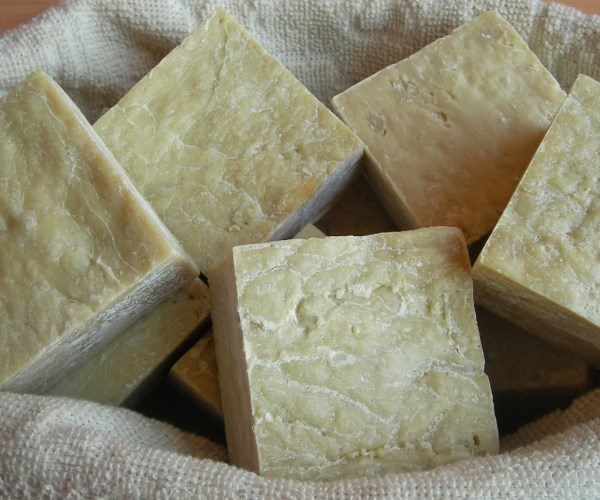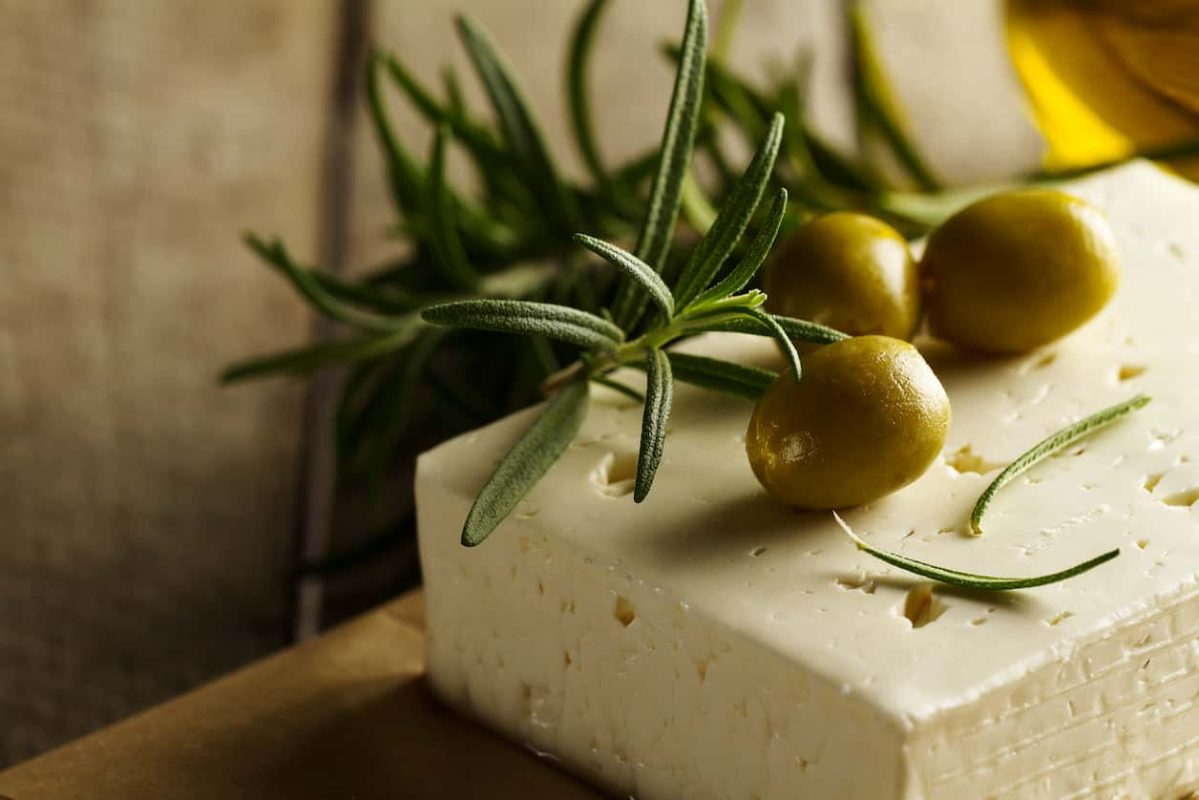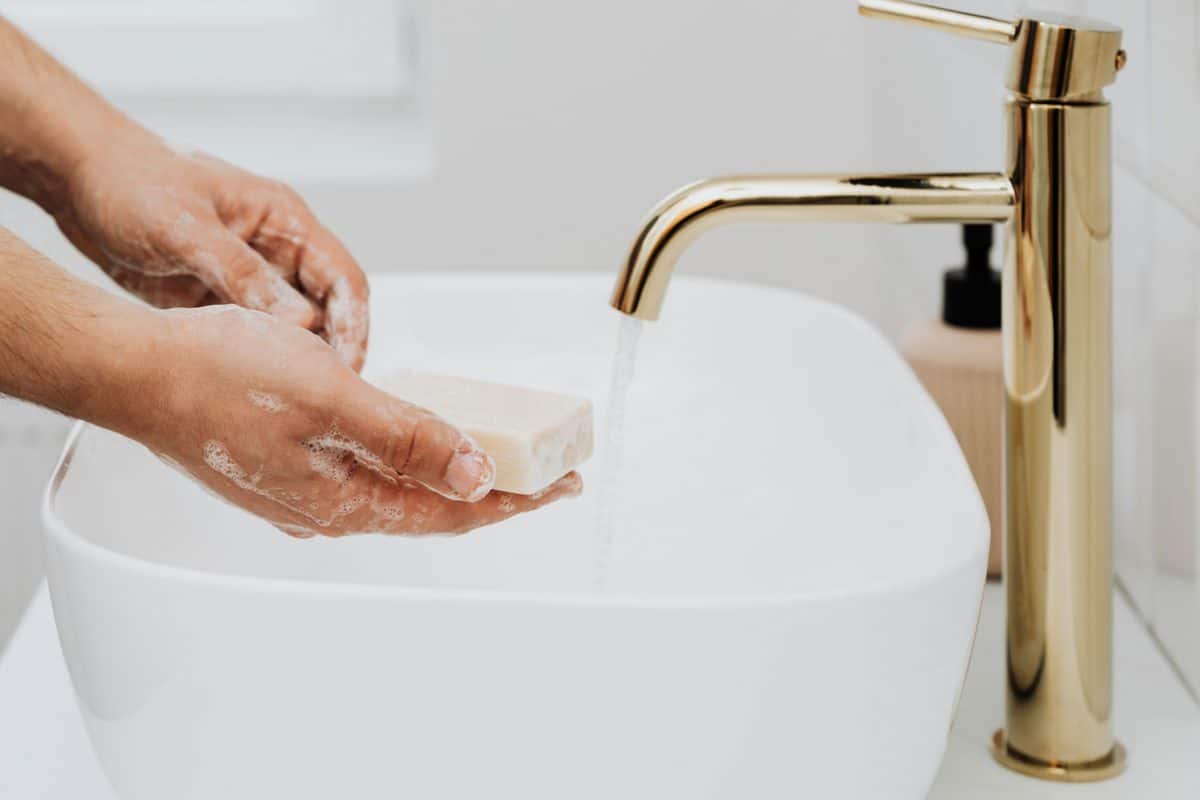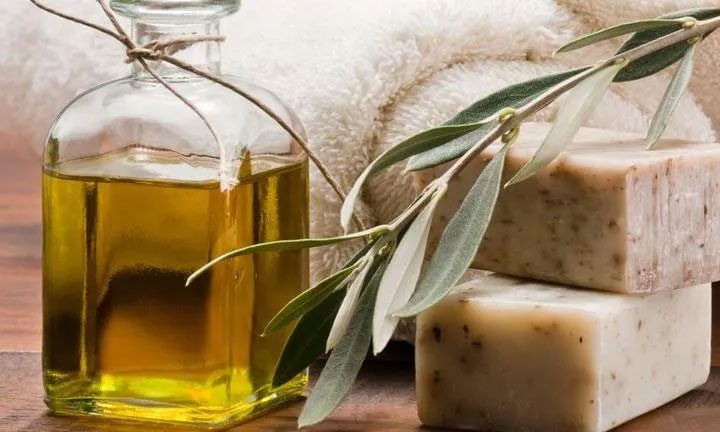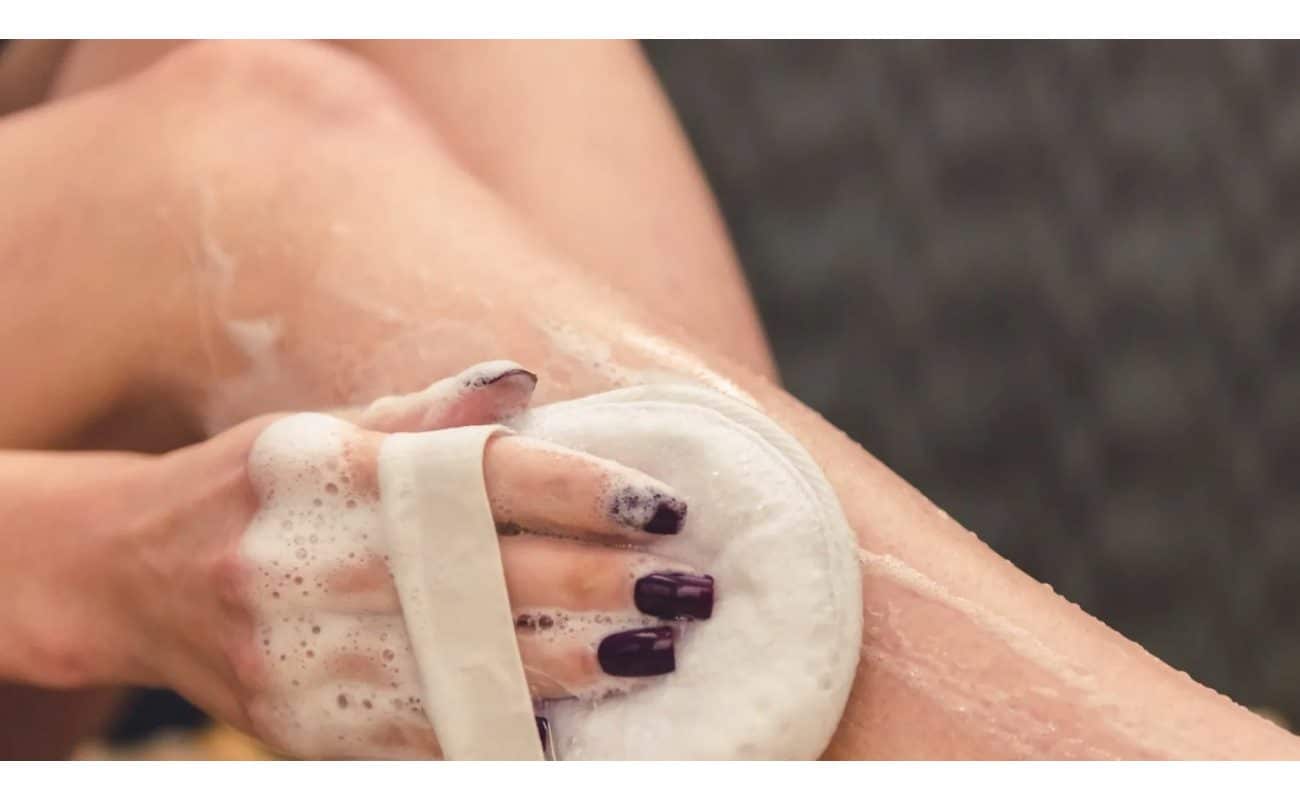OLIVE OIL SOAP
The use of soap dating back to 6000 B.C. BC, has become an important part of our lives today. The olive oil soap, widely used in the regions where olives are grown, has become not only a part of our daily life, but also a symbol of cleanliness, naturalness and health. The quality of olive oil soap is determined by its purity, the olive oil used to make it, and the manufacturing process. There are 3 different known processes for the production of olive oil soap: the warm soap production, the cold soap production and the industrial (continuous) soap production. Especially in the last few years, the method of cold soap production has prevailed in the production of olive oil soap, since the olive oil preserves its excellent properties because it is not boiled. In addition to the characteristics of soap and cold castile soap, this article also discusses the production method of cold castile soap and other soap-making methods.
what is soap
Soap, in vernacular, is a substance used to clean oily, dirty things. In chemistry, soap is the sodium or potassium salt of fatty acids formed by the reaction of oils of all kinds, alone or in certain proportions, with alkalis.
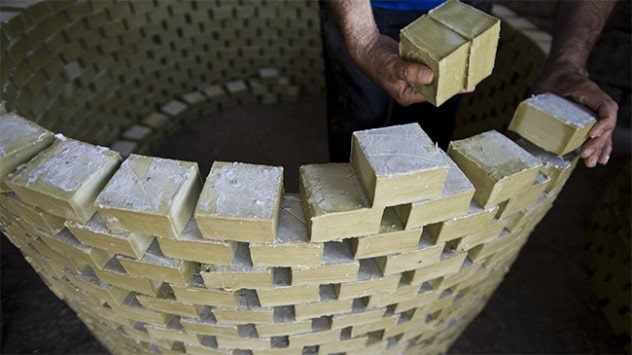
History of Soap
Looking at the 5000 year history of soap from the Sumerians to today, it is rumored that the ashes of animals sacrificed in the temple on Mount Sapo during the Roman period and the ashes of firewood burned for cooking/warming in the same region with the river and this foaming process was called “Sapo” (soap) after it was found that clothes were cleaned more easily and effectively in the areas where the water foamed at the foot of the river. The first written mention that can be associated with soap comes from the Sumerians in 2500 BC. BC and refers to the cleaning of wool with ash and animal fat (goat fat). In the Babylonian overlordship of the Akkadians, clay tablets dating back to 2200 B.C.E. A recipe for “soap” with cassia oil and alkali was found.
In the Ebers Papyrus, which contains Egyptian medical information, it is mentioned that around 1550 BC the Egyptians BC were often cleaned with a mixture of vegetable and animal oils and alkali salts. Although the Romans knew soap, they did not use it extensively. Arabs and Turks were the first to recognize the value of soap. It is believed that the Turks brought the soap to Europe.
Vikings and Celts also discovered soap. It is believed that the Celts introduced soap to England. Soap is mentioned in inscriptions around 1000 AD and some Bristol soap makers in 1193. In the 13th century Marseille emerged as the first major center of soap manufacture and remained an important center of production throughout the Middle Ages.
Other important centers of soap making: Genoa, Venice and Bari in Italy and Castile in Spain. During this time, soaps were made from olive oil. Commercially, soap making techniques were kept as a big secret. Although it was produced in large quantities, its use was rare. It is said that in 1399, King Henry IV of England issued the "Bath Regulations" to ensure that the nobility had to take a bath filled with water at least once in their lives (at the knighthood ceremony). Queen Isabella of Spain boasted that she had bathed twice in her life. Once when she was born and once when she got married. Queen Elizabeth of England was described as fastidious because she took a bath every three months, “whether she needed it or not.” Cromwell, the “Protector Lord” of England in the 17th century, levied a heavy tax on the production and importation of soap. The rulers after him also continued these high taxes.
After pure alkali was obtained by French chemist Nicolas Leblanc in 1791, commercial manufacture of soap, which had hitherto been made with ash and animal fats, began using lye and olive oil of recipe-according, reproducible quality and without trial and error. However, until taxes were abolished in the mid-19th century, soap production was hampered by high taxes.
In fact, until recently, cleanliness was not considered a positive virtue, and bathers were often considered strange. The Greek, Roman and Turkish baths of the Middle Ages were more for socializing than for purification. Although there is evidence in the 15th century that people took baths in the 17th century, the word "bath" is not found in the 17th century records. In the 18th and early 19th centuries it was used as a healing and tonic popular again. As more and more doctors prescribed “water cures,” the idea of “bathing” became socially acceptable. The general acceptance of bathing for reasons other than health and the abolition of taxes on soap led to an increase in soap production and consumption.
Thanks to the work of the French chemist Eugene Chevreul (1786 – 1889), who in 1823 studied and discovered the structure of the saponification reaction, the soap industry experienced great development in the 19th century. In the 1920s, the chemist Mac Bain and his colleagues, who determined the phase diagrams of soaps, began regular research and ensured that the manufacture was based on science.
Oils used in soap making:
Since the fatty acid content varies, the soaps feel different on the skin depending on the oil used. Seed oils make a softer soap than animal fats. Soaps made from pure olive oil, “Castile” or “Marseille soap”, are known for their special softness. Home or private soap making uses vegetable oil mixtures that contain olive oil in different proportions.
What is the difference of olive oil soap?
When making olive oil soap, only olive oil is used as a fat source. It should be remembered that soaps sold under the name “olive oil soap” may contain seeds and animal fats other than olive oil. In olive oil soap, it is primarily the monounsaturated oleic acid that is separated from the glycerin. They bind Na (sodium) in an optimal ratio. The irritating effect of Na is reduced. Unsaponifiable monounsaturated fatty acids are more resistant to oxidation than polyunsaturated fatty acids in other vegetable oils. Olive oil soap does not cause irritation or hardening of the skin and has a softening effect.
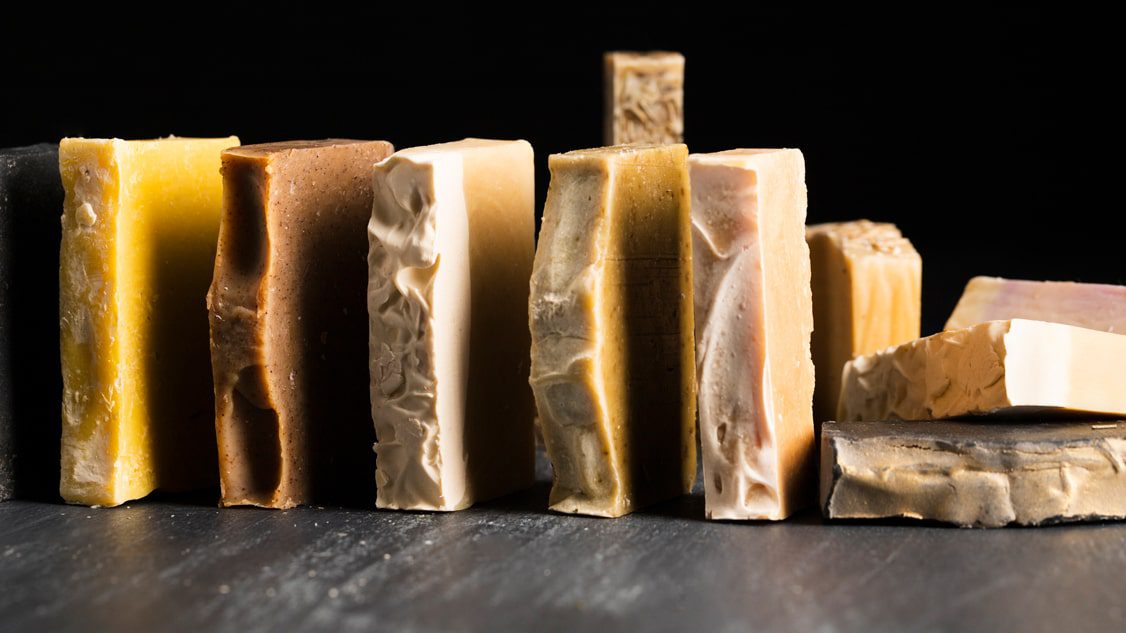
Why Olive Oil Cold Water Soap?
The special thing about the cold olive oil soap is that the oil is not boiled. Therefore, at the end of production, the properties of olive oil, its enzymes and vitamins are precisely transferred to the soap. The glycerin contained in the oil remains in the soap. In production we have a control with an accuracy of a tenth of a gram. It is possible to add very useful things for the skin in a very dosed way. When scientific ratios are followed, there is no excess caustic and the pH is low. It delivers excellent results for hair and skin. It is richer in substances necessary for skin health and moisturizing. It has a protective function for the moisture balance. antioxidant properties; rich in beta-carotene, vitamin E, squalene. It has anti-inflammatory properties and is especially useful for dry skin as it removes dead skin cells and reduces dark spots on the skin.
Methods of Soap Making
The selection of the oil mixture depends on the local economic conditions and the desired properties of the product. The selected oil or oil mixtures influence the properties of the soap such as dirt removal, foaming, surface wetting and softness.
Production techniques
There are three different methods of soap making used today. These methods are
1) Hot soap making method (Marseille method)
2) Method of cold soap production (Castile method)
3) Continuous production method (industrial method)
1. Method for producing hot soap (Marseille method = boiling method)
The saponification step relies on a chemical reaction with an alkali such as sodium hydroxide. washing stage; the glycerin, an important by-product of soap manufacture, is separated and only soap is obtained. The boiling process ensures saponification. In the liquefaction phase, the soap is brought into a physical form that can be easily used later.
2. the method of cold soap production (Castile method)
In this method, liquid oil is mixed with the calculated alkaline equivalent. The alkali-oil mixture is stirred until fully emulsified. Condensation of the mixture is the most readily visible sign of emulsification. With sufficient stirring, the density of the mixture will take on the consistency of pudding. Flavored oils for scenting (laurel, almond) can be added to the mixture at the beginning of the process. Liquid additives like essential oils and solid additives like herbs are added as the mixture begins to thicken. The mixture is poured into molds and left at room temperature for 12-48 hours to allow saponification to continue.
With milk soaps or other soaps that have sugar added, there is no need to wait since the sugar increases the speed of the reaction. After the storage time, the soap is removed from the mold and cut according to the length of use. Since the saponification reaction is complete, the soap is safe to use at this stage. However, the cold-process soaps need to dry for 2-6 weeks before they can be used. During this time, traces of residual alkali are also consumed by the saponification reaction, and excess water evaporates. The most important part of the method is the calculation of the lye. Each oil saponifies with different amounts of lye. If the calculation is not done correctly, excess lye will remain in the structure. Many handmade soaps are made this way.
3. continuous production method (industrial method)
In all of the above production processes, the soap is made in batches (100 kg, 500 kg in the sizes allowed by the boilers). In the continuous (industrial) production system, lye and oil are continuously mixed so that soap can be obtained continuously. This process is commercial and requires advanced technology. All major soap manufacturers have their own licensed continuous systems. In large-scale production, the glycerin is separated from the soap. Many soap manufacturers are also glycerin producers.
Preparation of Cold Olive Oil Soap (Castile Soap) Formula 1:
Ingredients: 750 milliliters of olive oil, 200 milliliters of water, 90 grams of caustic soda (NaOH).
Preparation: First, the lye is poured into a small steel pot. Pour water over it and stir with a wooden skewer. It is imperative not to inhale the exhaust air and to ventilate the room thoroughly. When the lye reacts with water, the mixture reaches a temperature of up to 75 degrees. After 15 minutes, the mixture spontaneously drops to 45 degrees. After 90 grams of lye are completely dissolved in another 200 milliliters of water, the olive oil is poured in drop by drop, stirring constantly with a wooden spoon. When the process is complete, the saponification process is also over. The soap with the consistency of boza is poured into molds and left to harden in a suitable environment for 2-3 days, then it is cut with a knife and removed from the mold. For 1,5-2 months it is dried.
Formula for making Cold Olive Oil Soap (Castile Soap) 2:
Ingredients: 210 gr. sunflower oil, 210 gr. rapeseed oil, 210 gr. olive oil, 240 gr. purified clean water (should be 38% of the oil), 80 gr.
(0,21×134 + 0,21×123 + 0,21×133 = you can find this ratio if you do the math)
Preparation: Pour the lye into a small steel pot. Pour water on it and mix it with a wooden stick. It is imperative not to inhale the exhaust air and to ventilate the room thoroughly. When the lye reacts with water, the mixture reaches a temperature of up to 75 degrees. After 15 minutes, the mixture spontaneously drops to 45 degrees. In another large saucepan, we'll mix all the oils we're going to use and slowly let them heat on the lowest setting. Never boil the oil and turn off the heat once it reaches 45 degrees. When both mixtures have reached a temperature of 45 degrees, slowly and gradually add the lye mixture to the oil and mix. Then blend again with the blender every 2 minutes for about 10 minutes to a thick pudding. Meanwhile, keep the temperature at 45 degrees, turning up the heat occasionally to prevent cooling. After about an hour, the rested soap is ready to be poured into molds. It is kept in molds for 2-3 days. It needs to dry for about 2 months before it is ready to use. After removing it from the molds, it should be aired in a sun-protected and non-humid place.
The use of cold olive oil soap, which is made only from pure olive oil and contains the beneficial components of olive oil, as it does not undergo high heat treatment, has increased in recent years for its benefits, as it is not a natural soap that made for hobby purposes. It is an unadulterated soap whose natural contents are water and olive oil and contains no chemicals other than lye. It is richer in substances necessary for skin health and moisturizing. About 70% of cold processed soap is oil. Since olive oil costs €6 per litre, the cost of a handmade cold foam soap made with pure olive oil is much higher than commercial soaps. For this reason, in our country, lampante oils or pomace oils with high acidity and not edible are usually used for the production of hot or cold soap.

